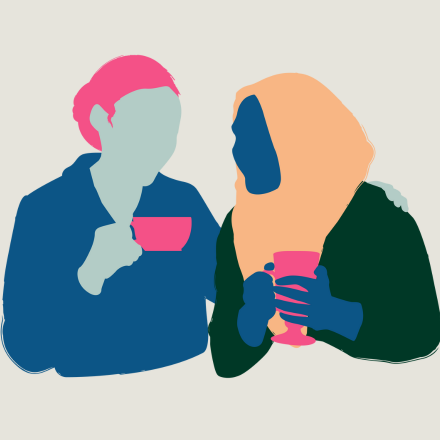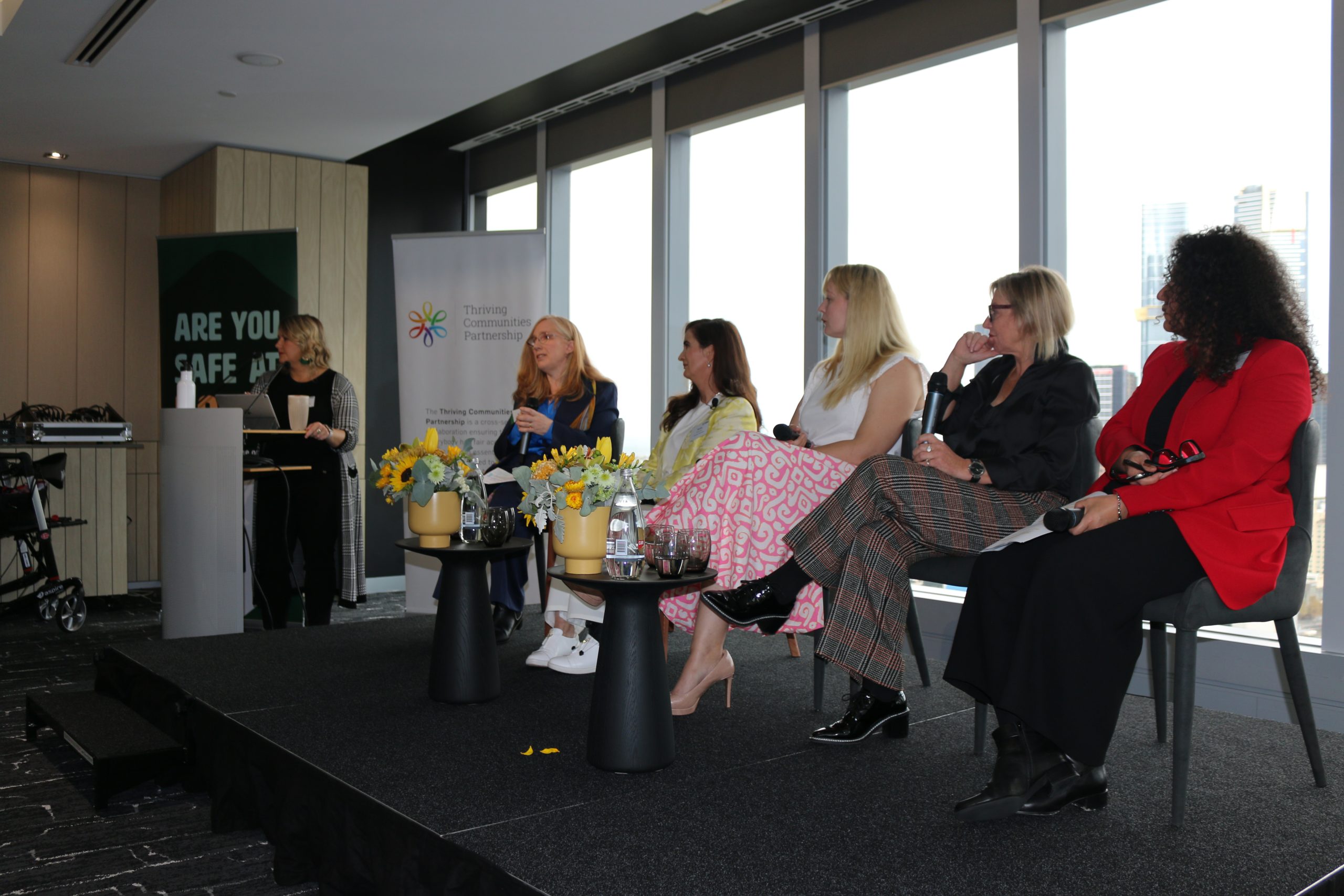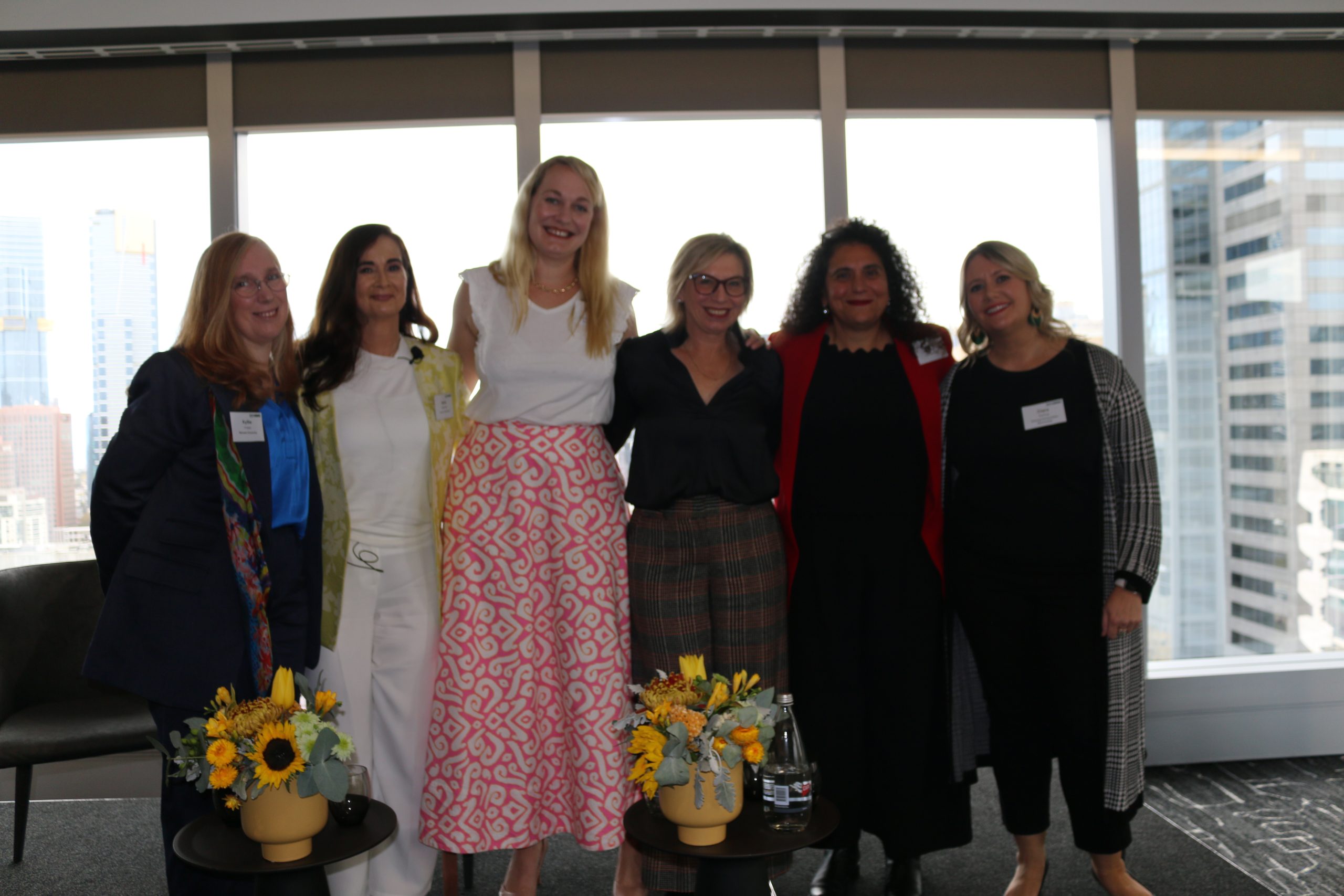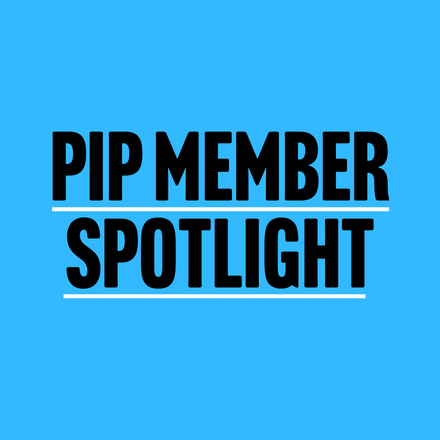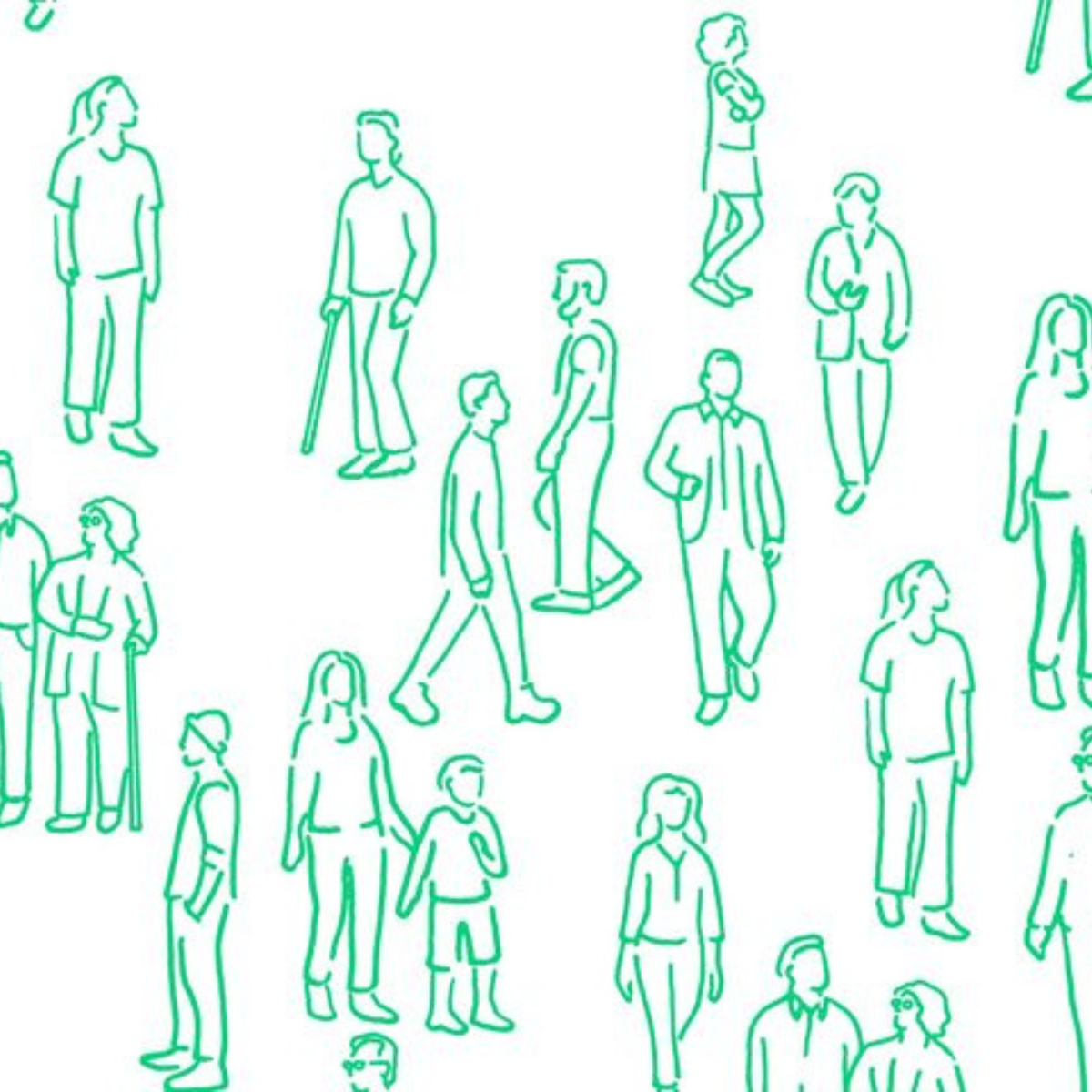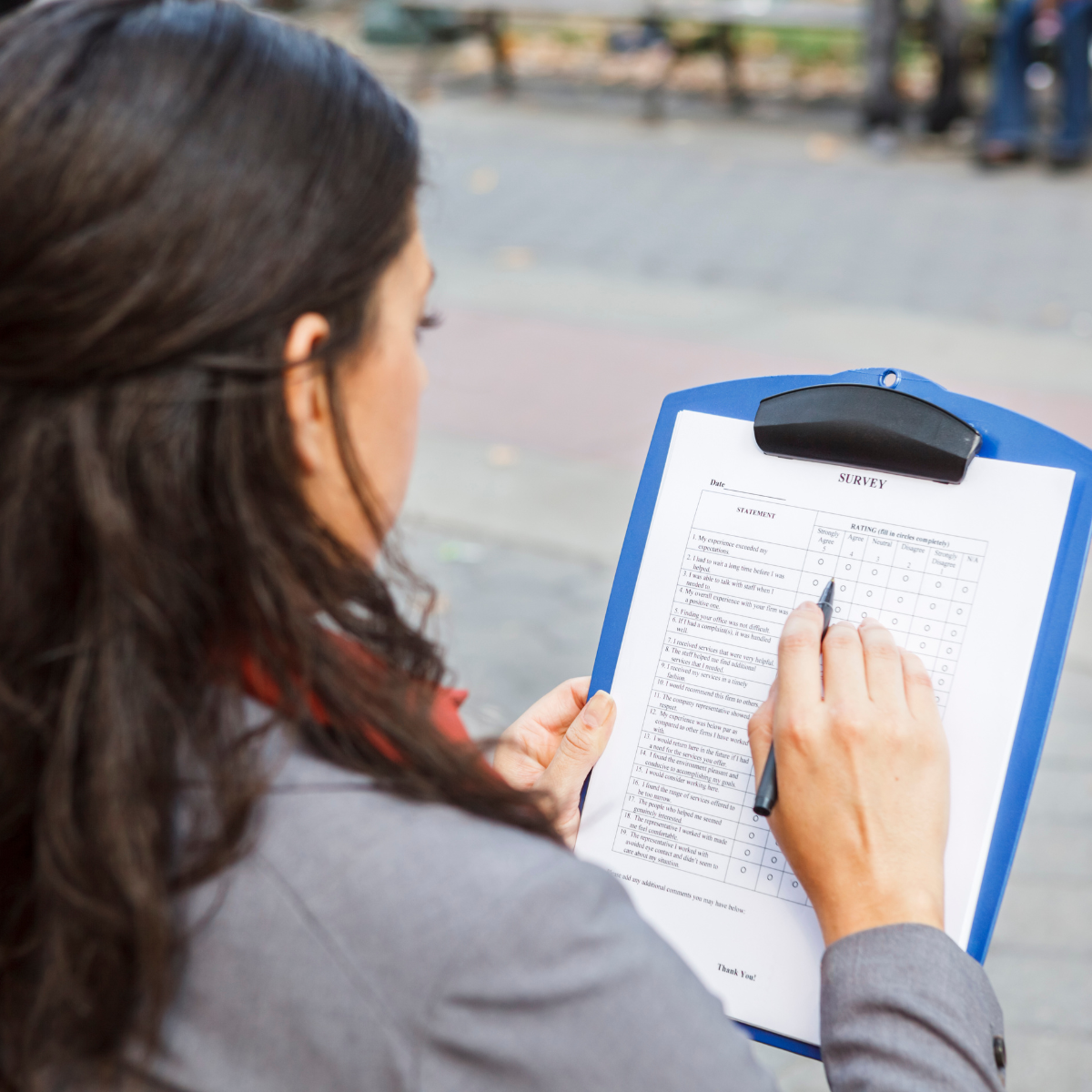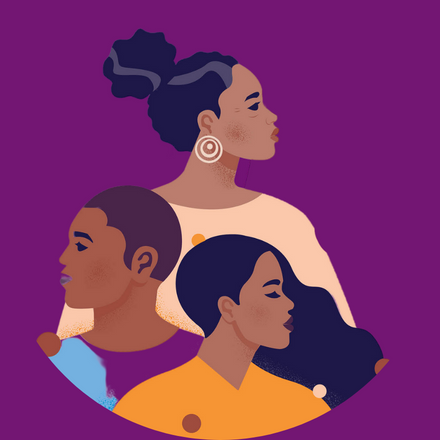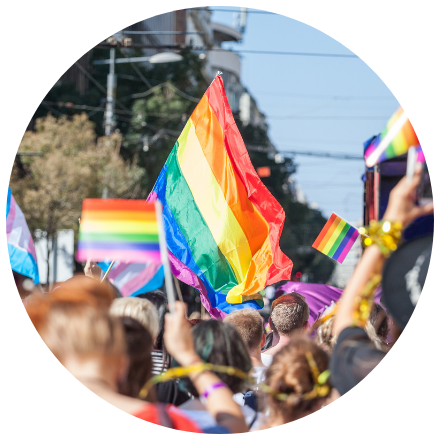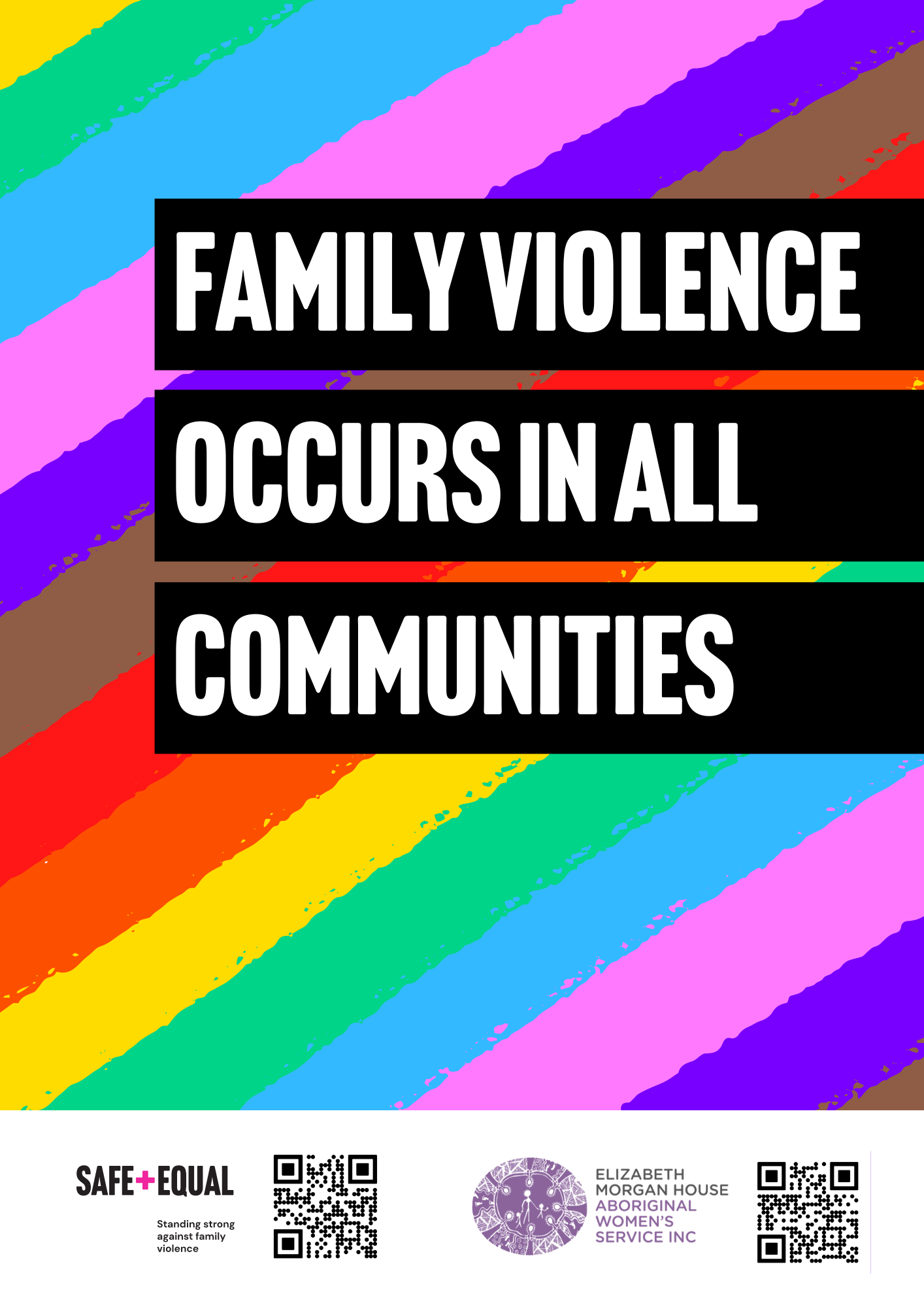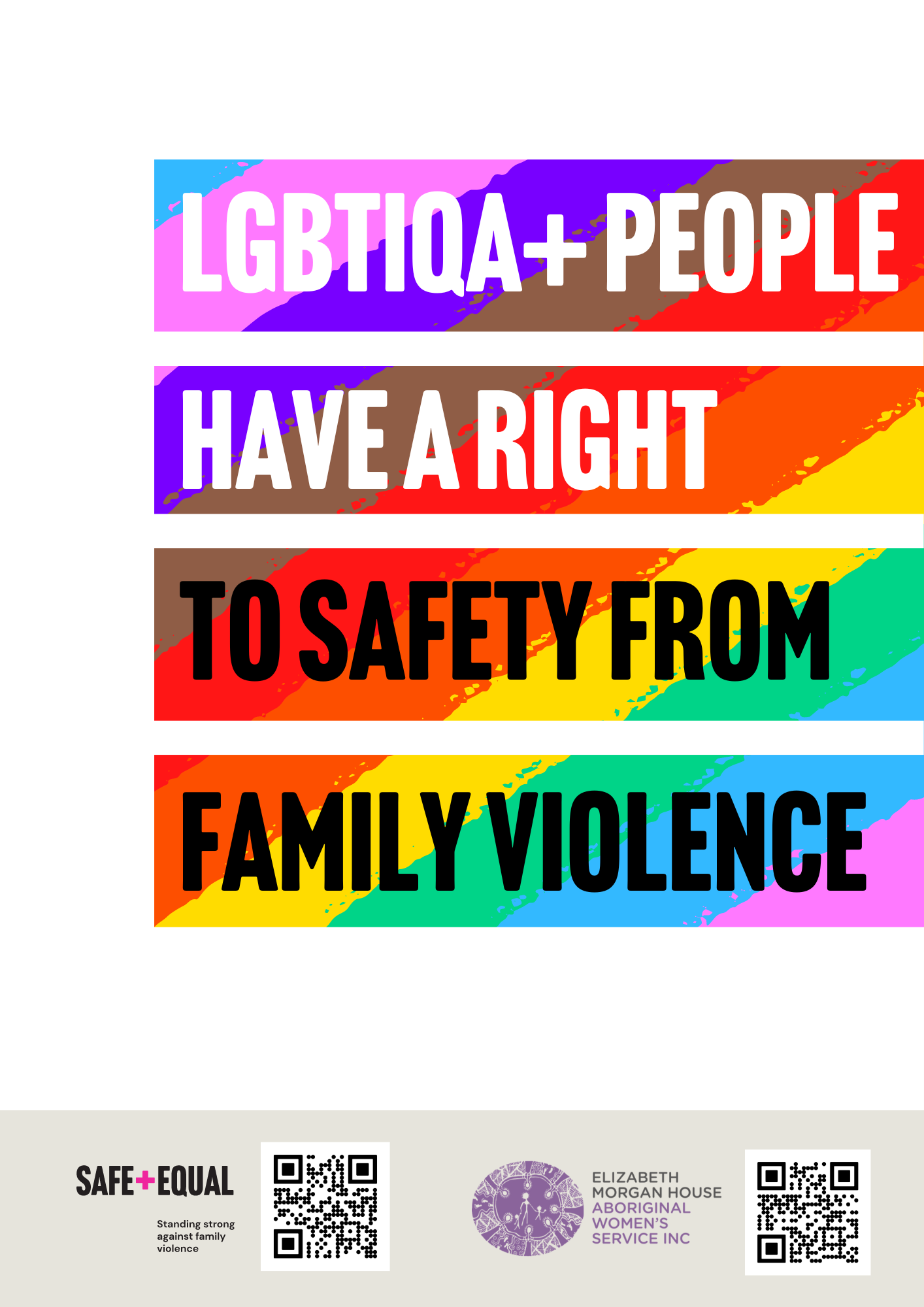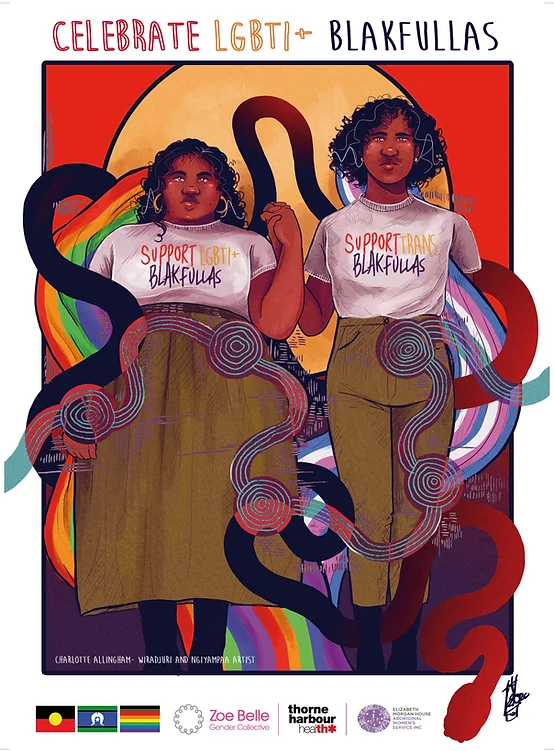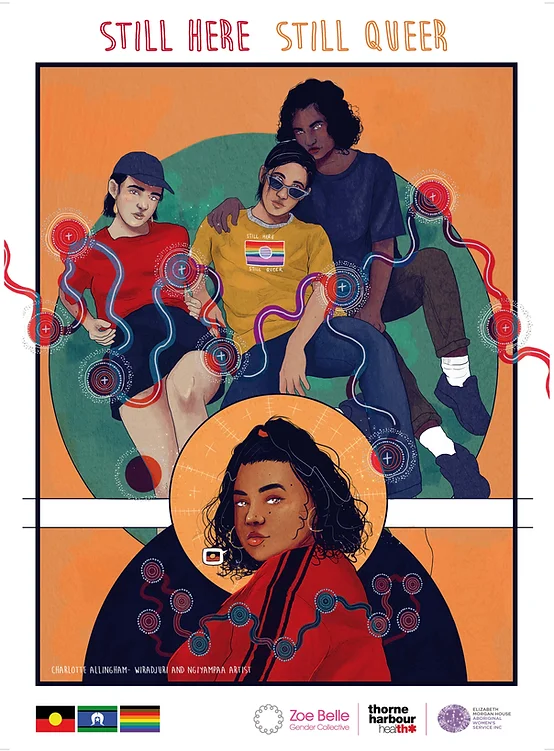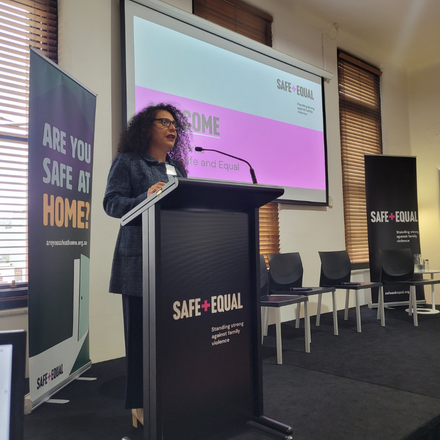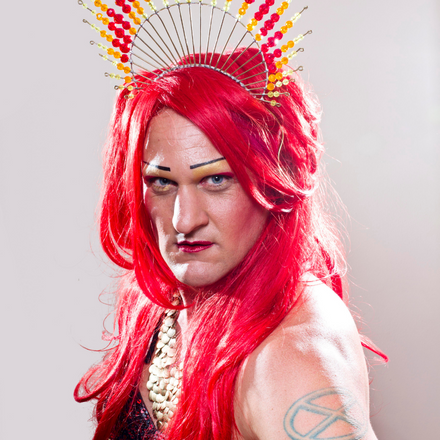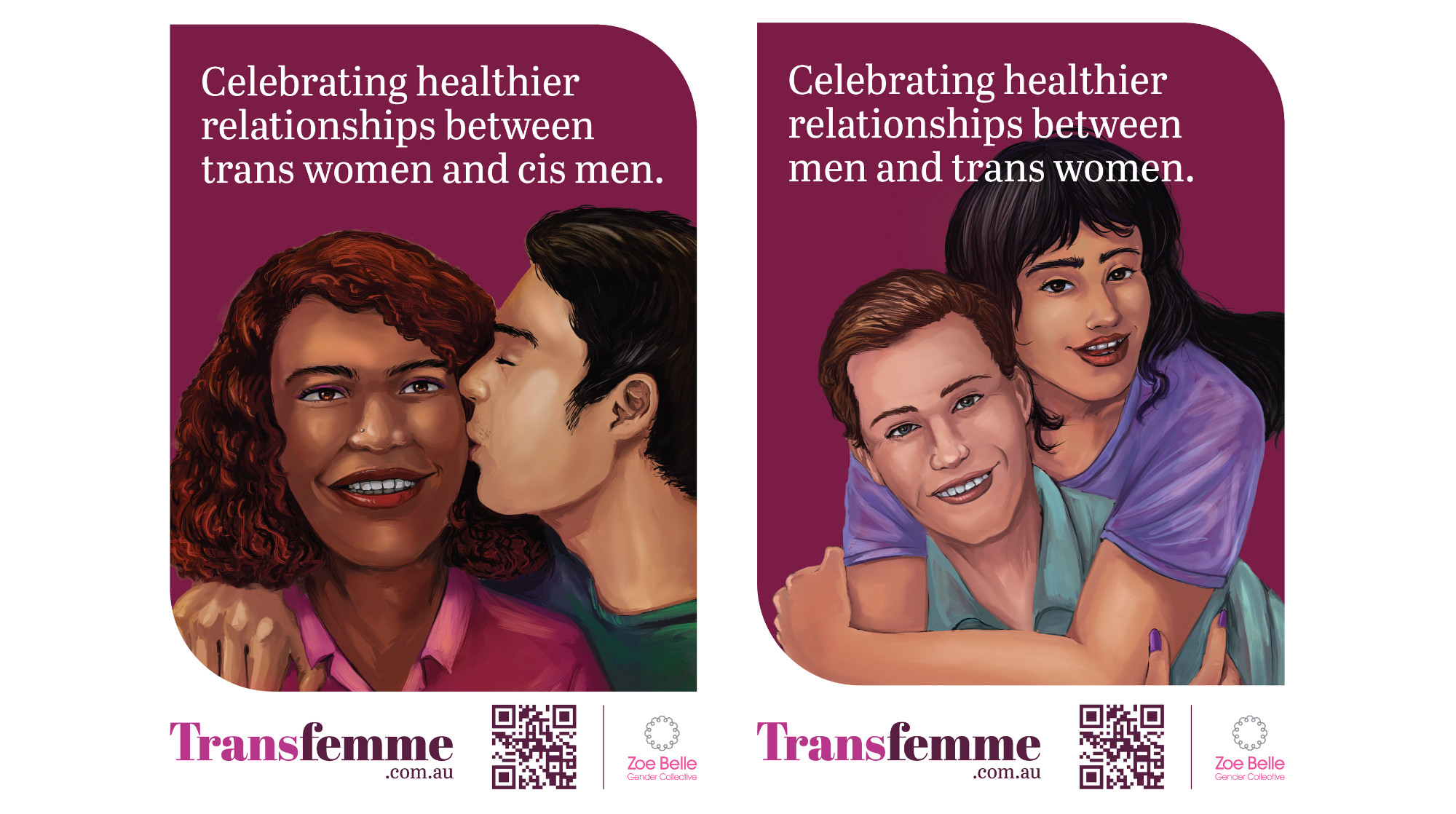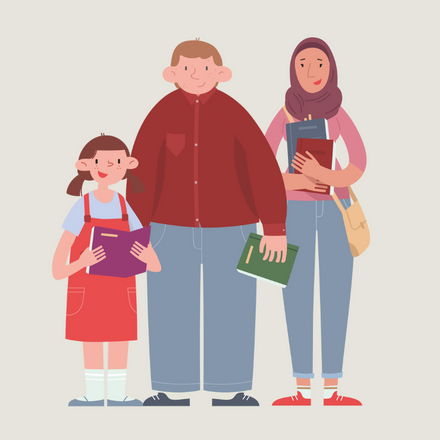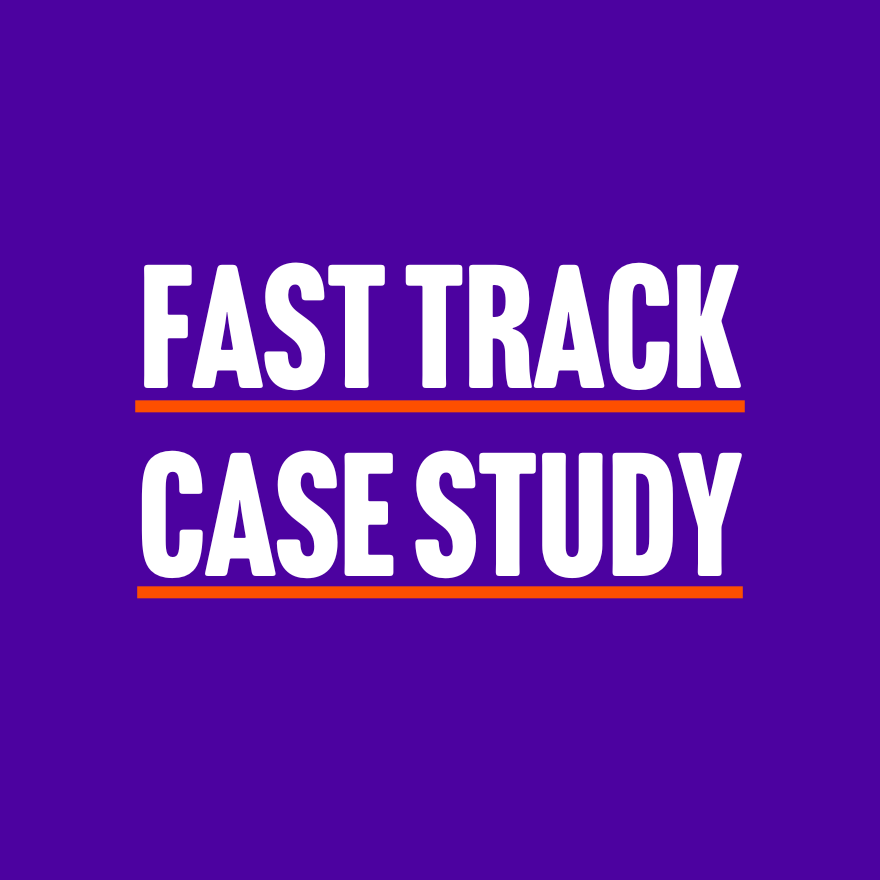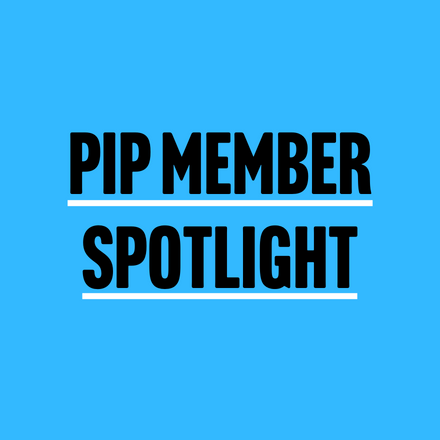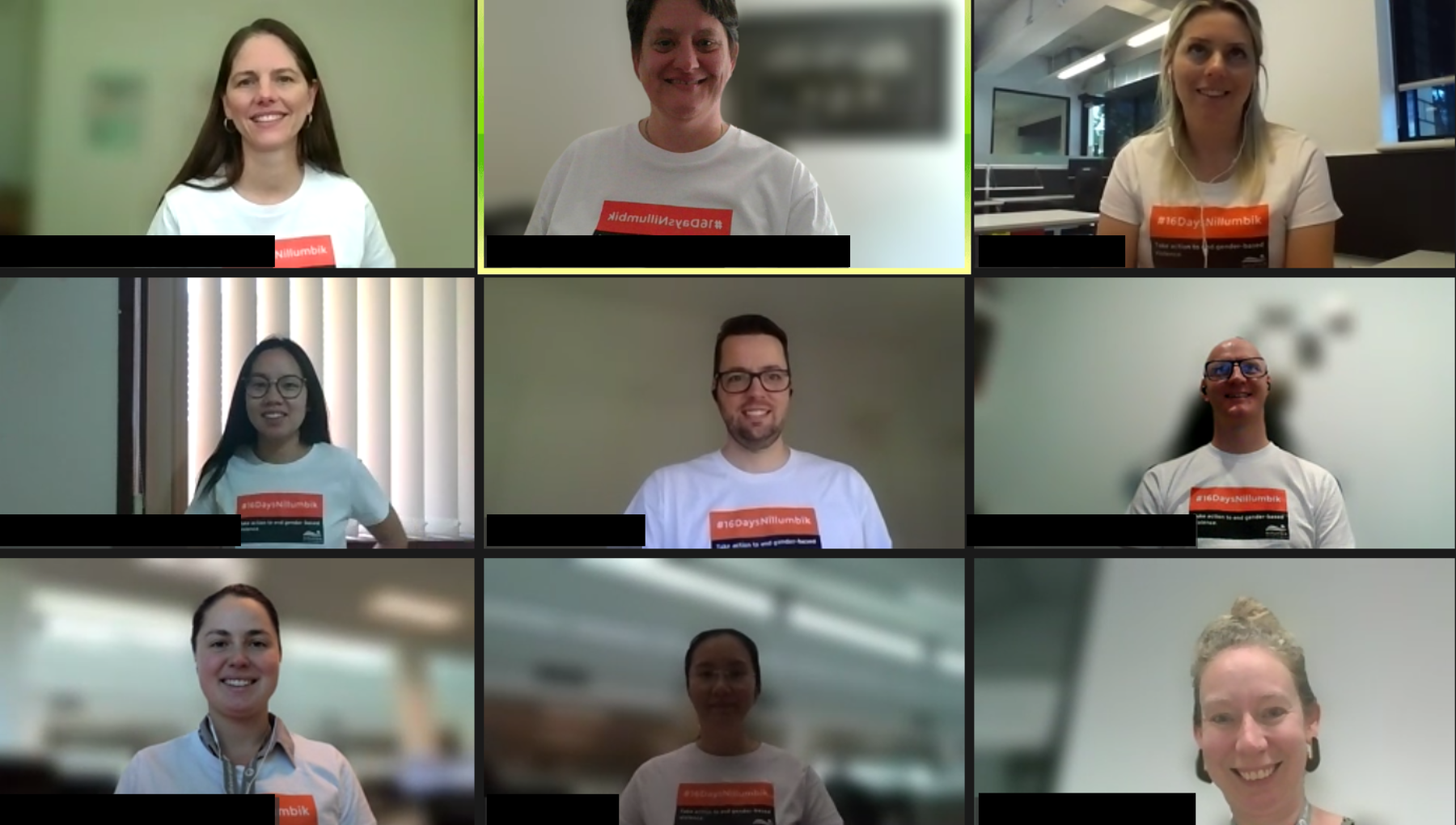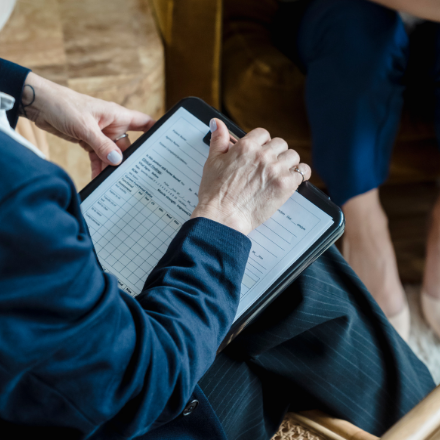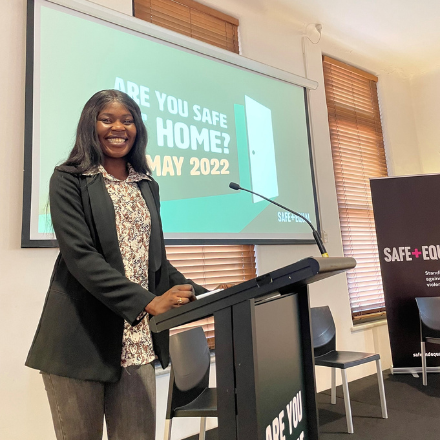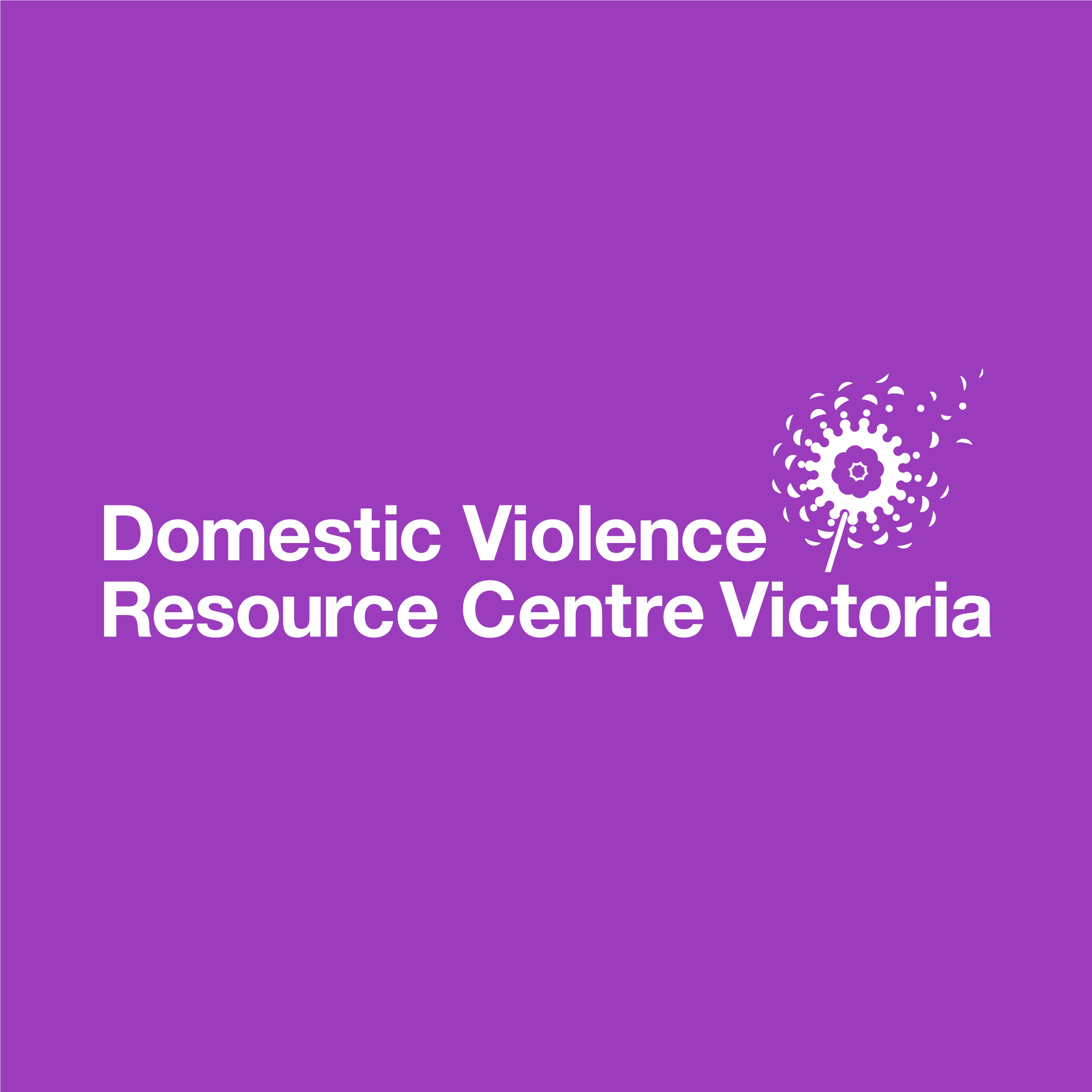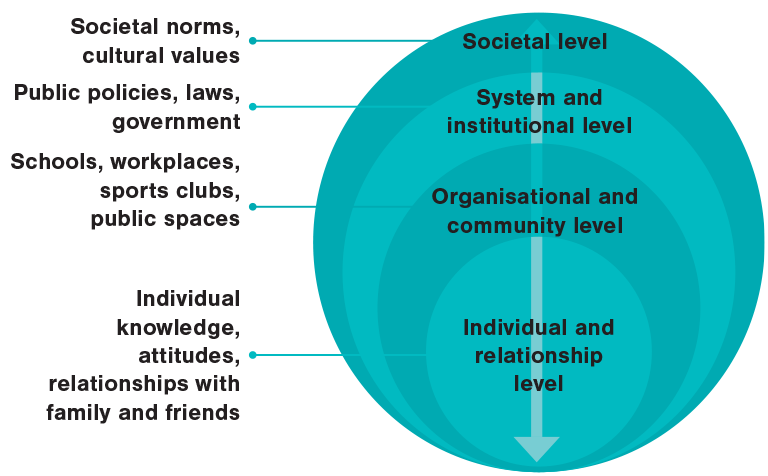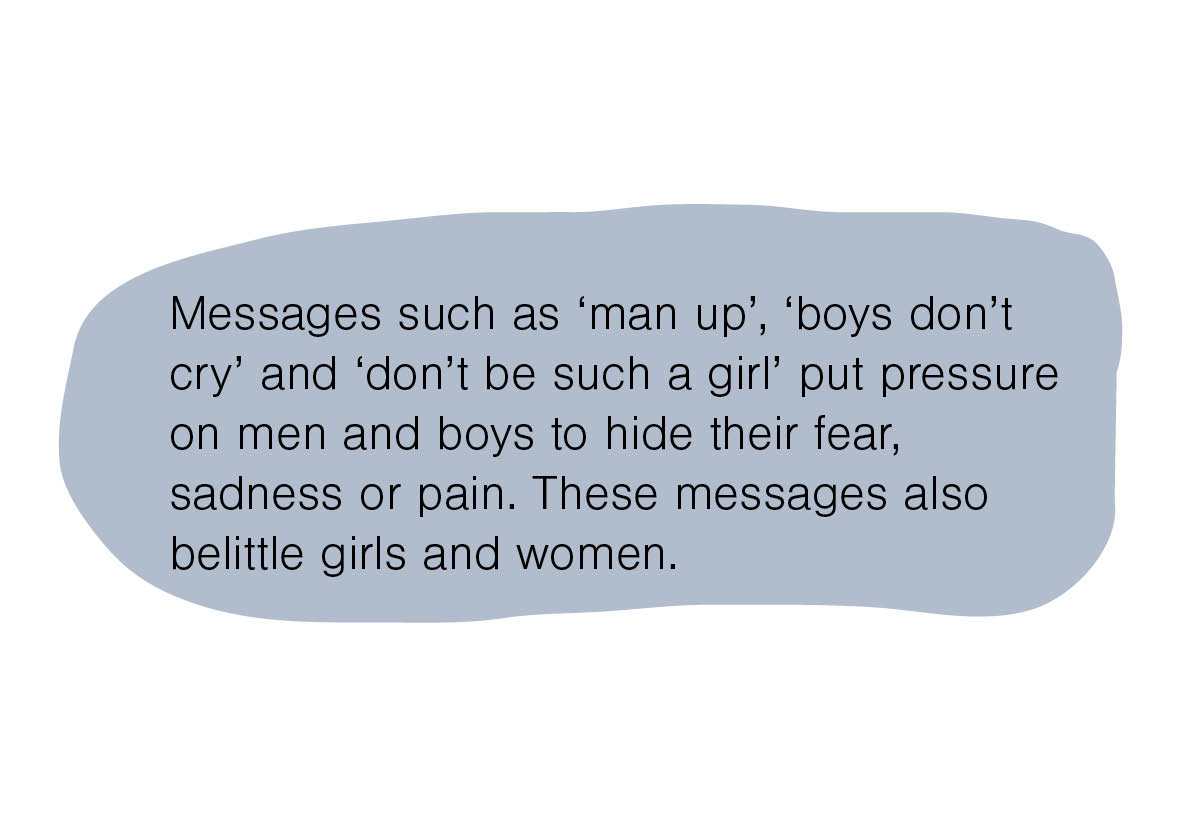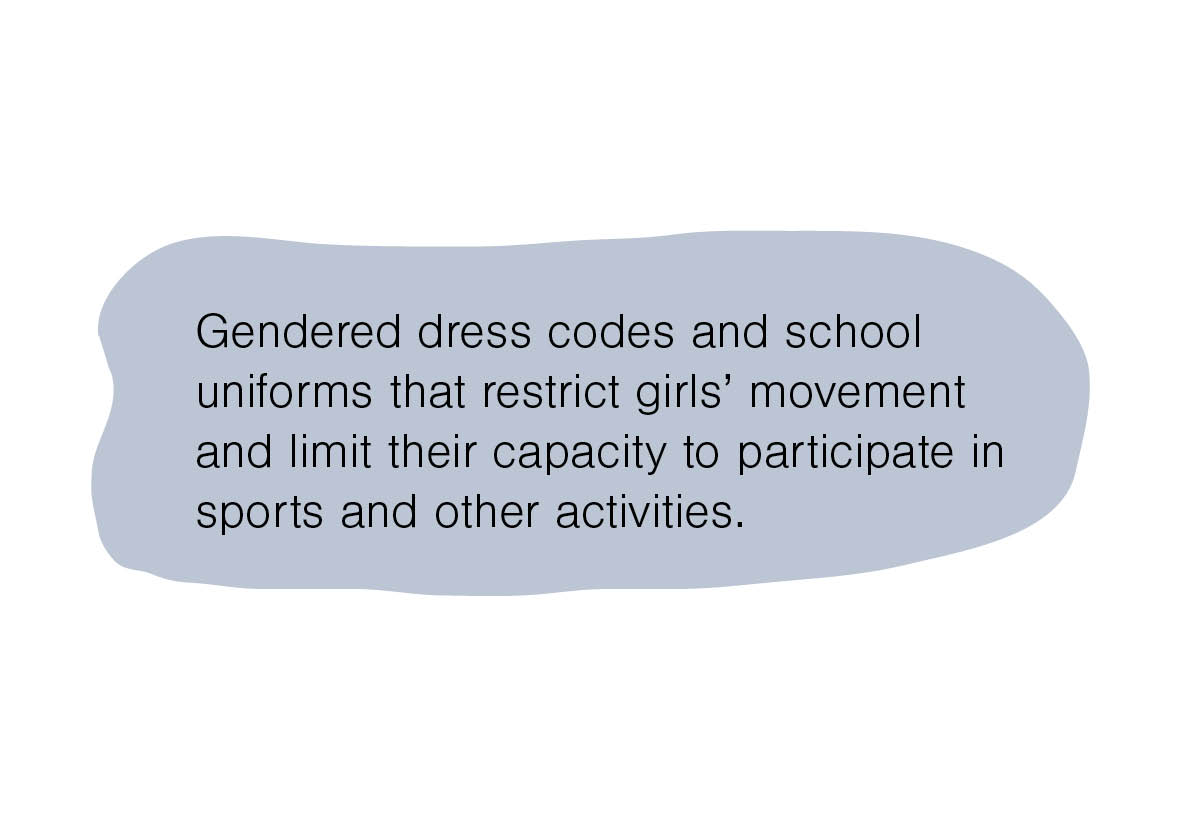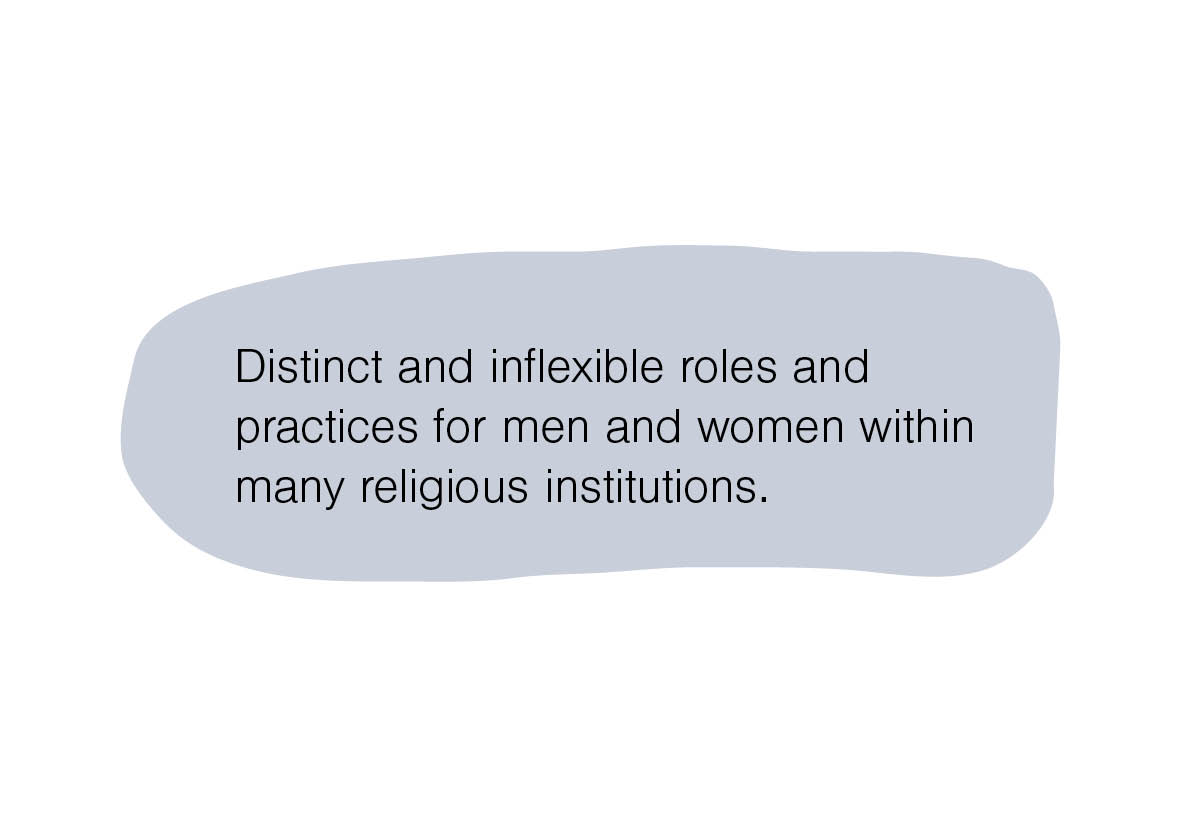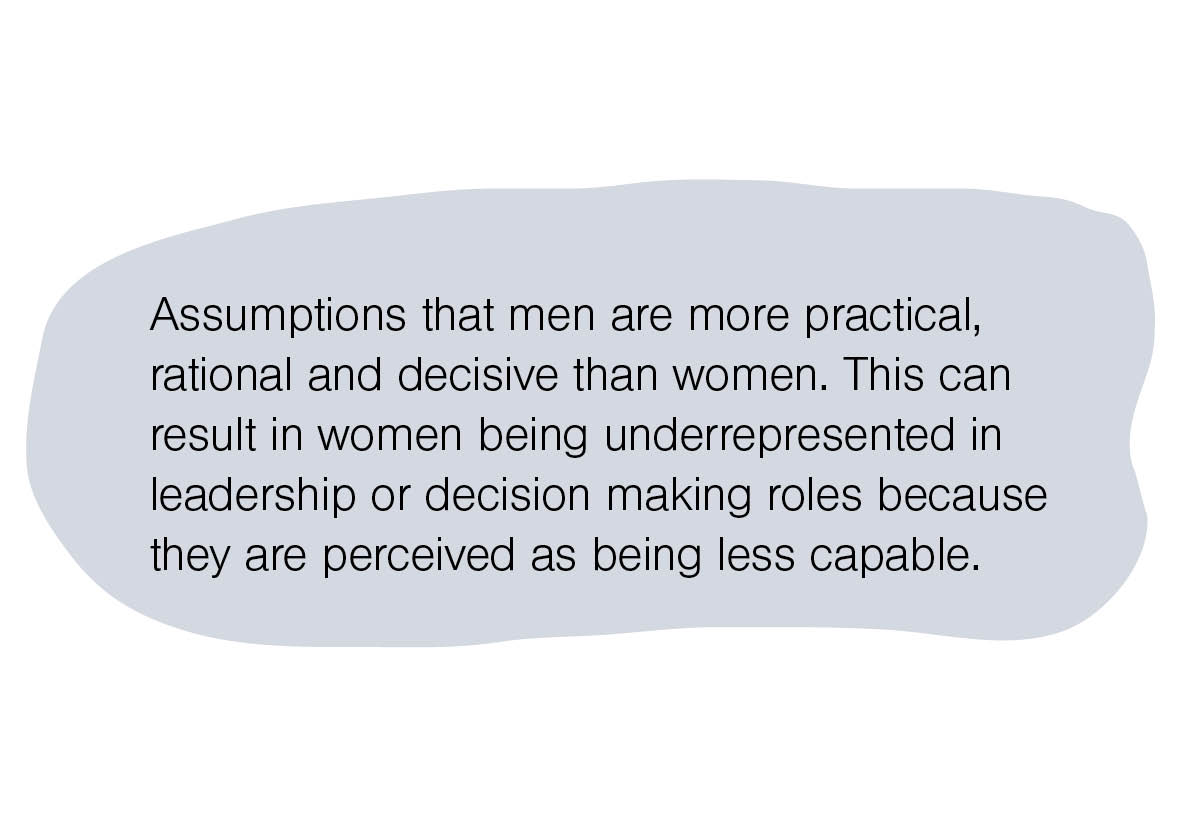In March this year, the reports on the latest rounds of two major national surveys about family and gendered violence were released. Safe and Equal’s Executive Director of Primary Prevention, Marina Carman, takes us through the results of both surveys, why they are important, and the data gaps that remain.
- The Personal Safety Survey (PSS) is conducted by the Australian Bureau of Statistics. It is based on earlier surveys focussed on women, but has been conducted population-wide in 2005, 2012, 2016 and in 2021-22. A total of 11,905 people completed the latest survey, drawn from a random sample of households. The survey includes people aged 18 and over, with questions about the nature and extent of violence experienced since the age of 15.
- The National Community Attitudes towards Violence against Women Survey (NCAS) is conducted by ANROWS. It began in 1987, and is conducted every four years. The 2021 survey included 19,100 people aged 16 and over, through a random selection of phone numbers. The survey includes questions about how participants understand violence against women, their attitudes towards it, what influences their attitudes, as well as attitudes to gender equality and preparedness to intervene.
Both surveys are conducted periodically (every four years), and use roughly the same questions each time. So they give us a snapshot at particular points, and allow for tracking of broad societal level changes. These surveys are key sources of data to inform reporting against indicators in the National Plan to End Violence Against Women and Children 2022-2032.
Why is this important?
Statistics can be a powerful way to convince people about a social problem, and particularly to argue for the prioritisation of government policy and investment. Numbers that quantify how many people experience family and gendered violence are critical for gaining attention and arguing the need for change. Meanwhile, numbers that tell us about attitudes towards violence are important in tracking progress in changing attitudes that drive violence, and helping us prevent it in the future.
But numbers only tell part of the story. They give us a greater understanding of family and gendered violence, but we also need to understand how best to use them, and their limitations as well.
When using and quoting statistics, the best available data will be the most ‘representative’ data. The most representative data is population-level data – and it is expensive and time-consuming to collect and analyse – so it’s extremely valuable.
What do we know from the PSS?
In the 2023 release, many measures of experiences of violence against women were stable, but levels of violence by cohabiting partners and sexual harassment were down. The survey was completed during the pandemic when many people were either locked down or working more from home.
The sample size is significantly smaller (11,905 down from 21,250 in 2016). The ABS notes on methodology suggest that this was due to resource issues and additional requirements introduced to keep participants safe (private interviews). But the sample is still large and representative.
Any changes downward in prevalence are good but reported levels of violence against women are still high. In addition, other research and data have suggested an increase in family and gender-based violence during the pandemic, so it is currently unclear what these results mean in terms of trends over time. In any case, we need sustained action to drive change home over the long-term.
What do we know from the NCAS?
Results from the 2021 survey of the NCAS show that understanding and attitudes regarding violence against women and gender inequality have improved slowly but significantly over time. Improvements in understanding of violence against women and rejection of gender inequality are closely related to rejection of violence against women, though the latter has improved more slowly.
Attitudinal rejection of sexual violence improved, and there was higher recognition of some forms of technology-facilitated abuse, stalking and behaviours that constitute coercive control. However, rejection of domestic violence has remained unchanged since 2017, and participants were more likely to recognise domestic violence than to understand that it is disproportionately perpetrated by men against women.
In the latest survey, compared to previous ones, significantly fewer respondents recognised that men are more likely to commit domestic violence and that women are more likely to experience physical harm from domestic violence. This is a key finding in informing the targeting of future messages and interventions.
While most respondents reported attitudes that reject gender inequality, less progress has been made with certain attitudes held by a minority (i.e. attitudes that undermine women’s leadership, reinforce rigid gender roles in specific areas, limit women’s personal autonomy, normalise sexism and deny that gender inequality is a problem). Similarly, some attitudes that condone violence against women were more likely to be reported by a minority of respondents (i.e. attitudes that minimise the seriousness of violence, shift blame onto victims and survivors, mistrust women’s reports of violence, objectify women and disregard consent).
Women and non-binary people had higher understanding and rejection of violence against women and rejection of gender inequality than men. Other demographic factors were also examined and there were differences in responses according to gender, age, sexuality, country of birth, formal education, employment, etc. However, the contribution of demographic factors wasn’t found to be the most important thing predicting or shaping the results.
The NCAS report outlines a detailed set of implications, many of which support the need for primary prevention initiatives aimed at reinforcing the gendered nature of violence, addressing backlash and resistance, and adopting a ‘gender-transformative’ approach to target gender norms and other drivers of violence. The NCAS is particularly useful in providing details about specific attitudes that are slower to change, and where intervention is particularly needed.
What do we still need to know?
The PSS doesn’t tell us enough about the experiences of a range of communities.
- Household sampling and telephone interviews can limit the inclusion of people without a fixed address or in care settings.
- Some communities may be less likely to be fully open about sensitive issues if being interviewed, compared to an anonymous survey (e.g. LGBTIQ+ communities).
- This was the first time the PSS asked about sexual orientation. It didn’t ask about gender diversity. It also doesn’t provide reporting of results disaggregated (separated out) by any other demographic factor other than gender.
In the 2021 NCAS a number of improvements were made, compared to previous surveys:
- The survey implemented the 2020 ABS Standard for Sex, Gender, Variations of Sex Characteristics and Sexual Orientation Variables, and provided data from non-binary and gender diverse participants for the first time.
- It also introduced new questions about recognition of particular forms of violence targeted at people because of their migrant or disability status, gender experience, sexuality or religion.
- Separate reports will be released detailing results from participants by age, as well as Aboriginal and Torres Strait Islander participants and people born in a ‘non-main English-speaking country’.
These population-level surveys are really important – and while they can always be improved – they can’t ask and answer all questions. Surveys can tell us who experiences violence and by whom, what sort of violence and when, as well as how people think about violence at a point in time. But they can’t tell us everything – especially why or what works to change this. We have an evidence base that addresses these questions, and we need a broad and inclusive national research agenda to fill in gaps and build on this further to inform our efforts.
How do we use statistics?
Quoting statistics can be powerful. But it needs to be done carefully, so we’re properly acknowledging sources and representing the findings accurately. Overusing or relying too heavily on statistics can also present a negative picture, and this can make the current situation seem inevitable and even accidentally reinforce the ideas we are trying to change.
To shift people towards change, statistics about violence need to be placed within a story that starts with a positive vision for the future, explains what drives violence against women and other forms of family and gendered violence, and ends with suggestions for action and practical solutions everyone can get behind.
For more on statistics you can use in your work, see: https://dev2.safeandequal.org.au/resources/fast-facts-2022/
Author: Marina Carman
